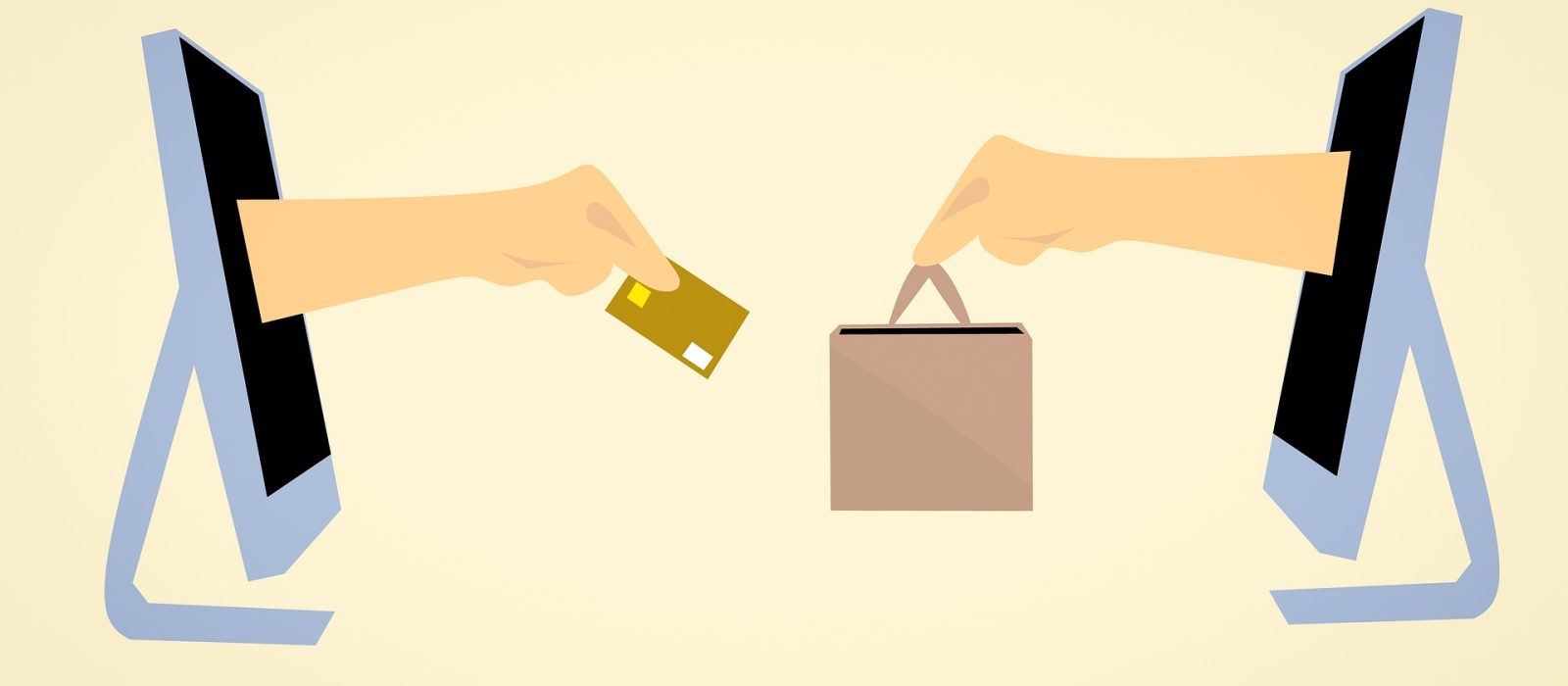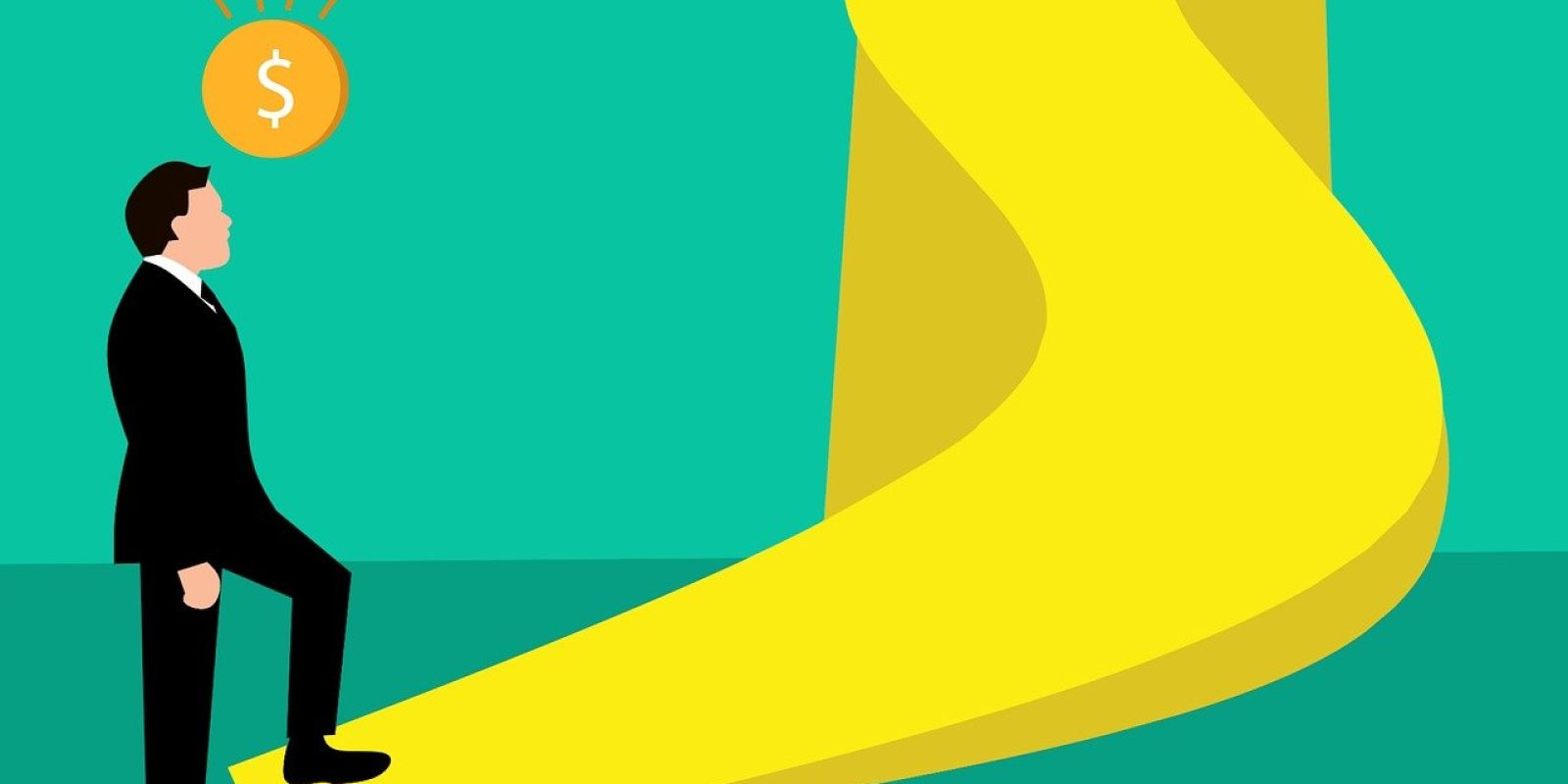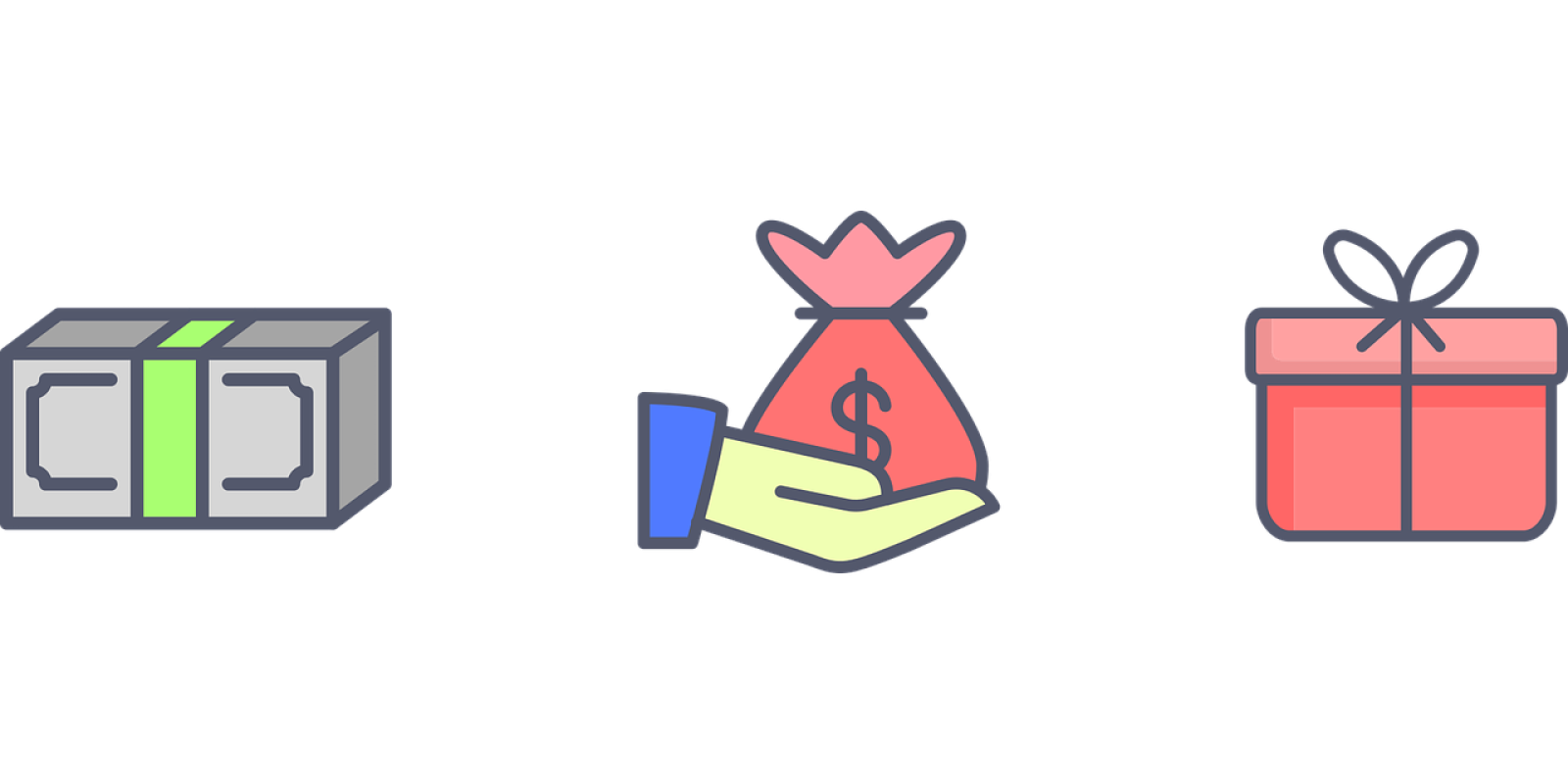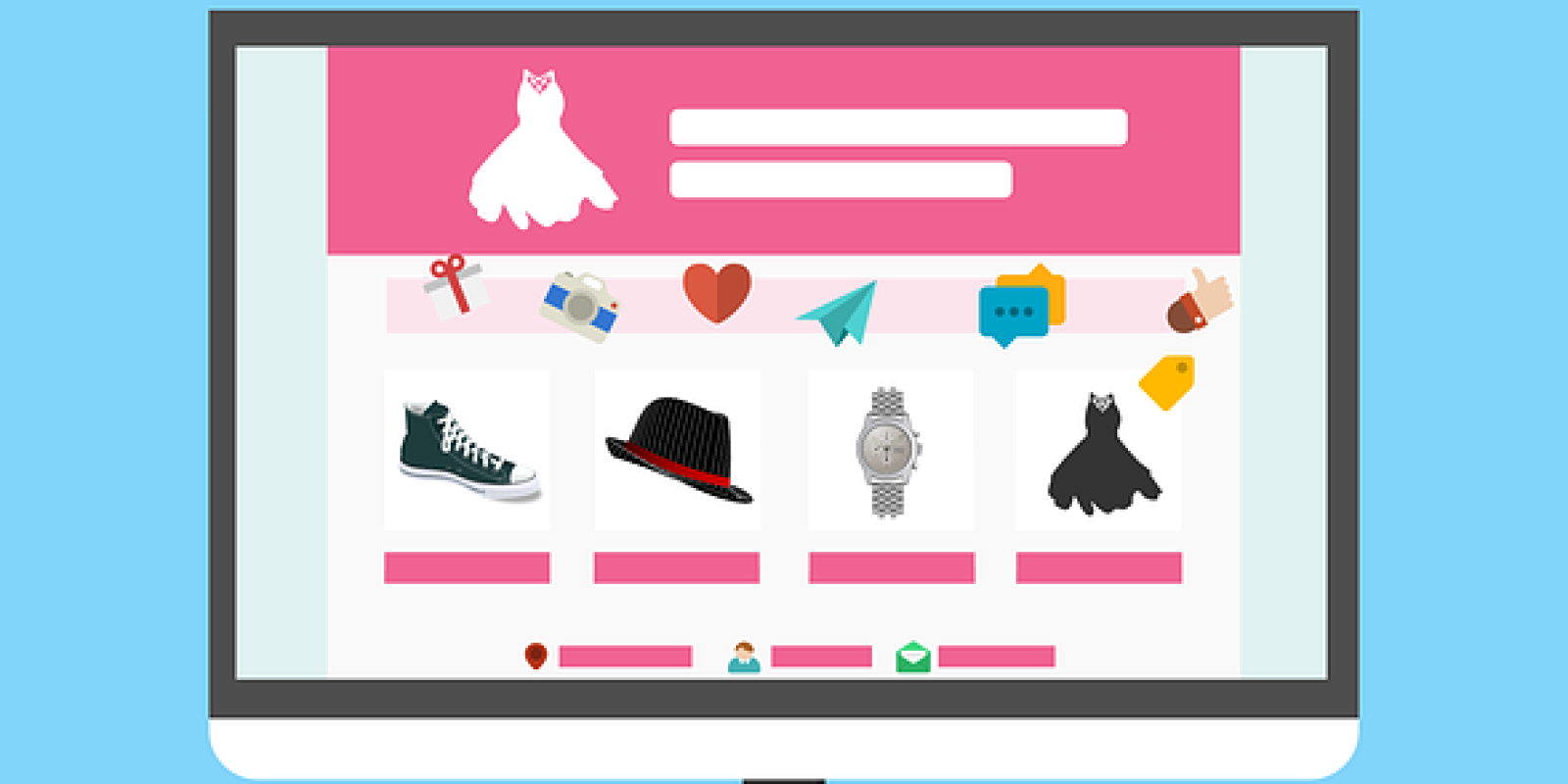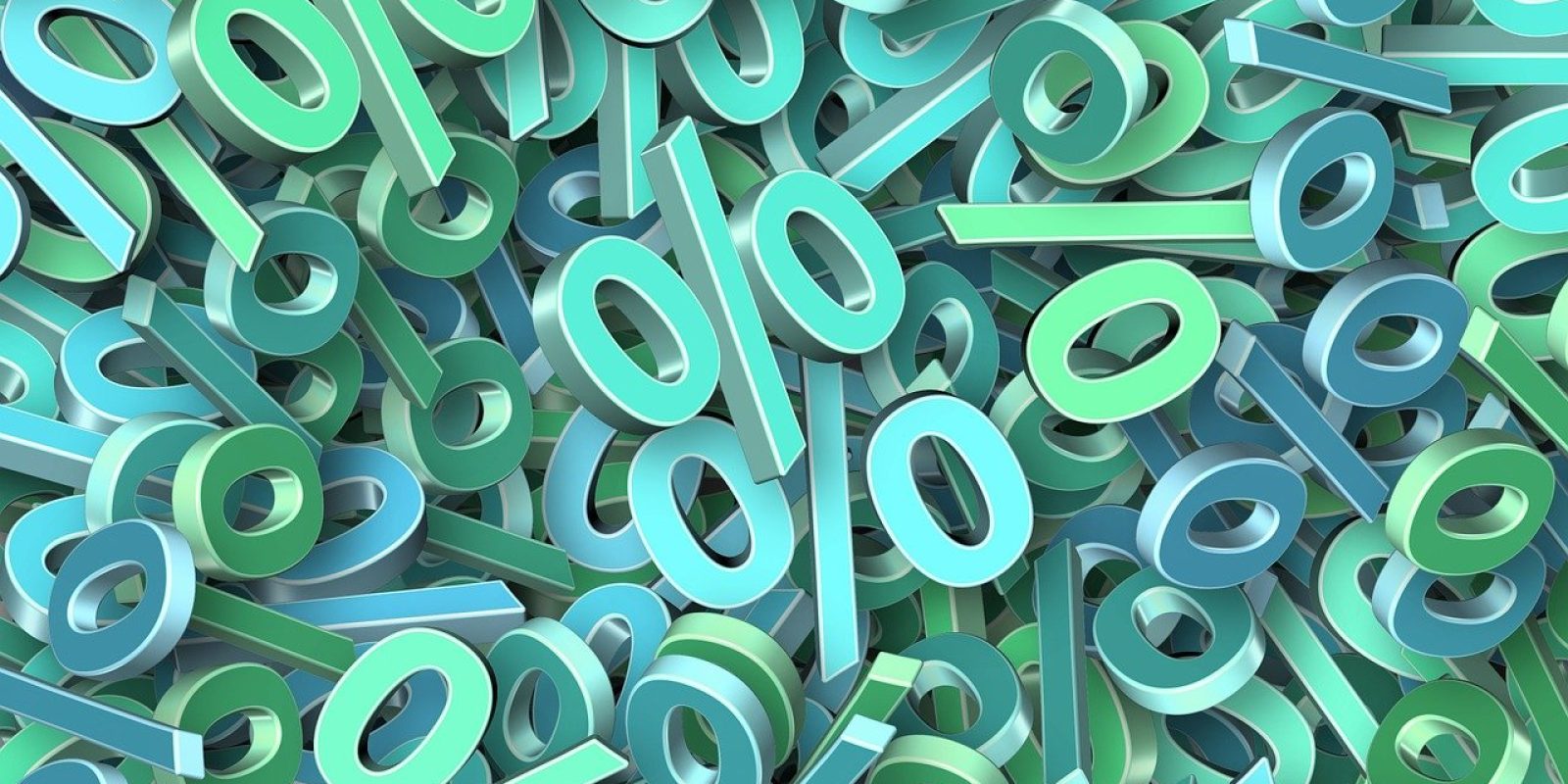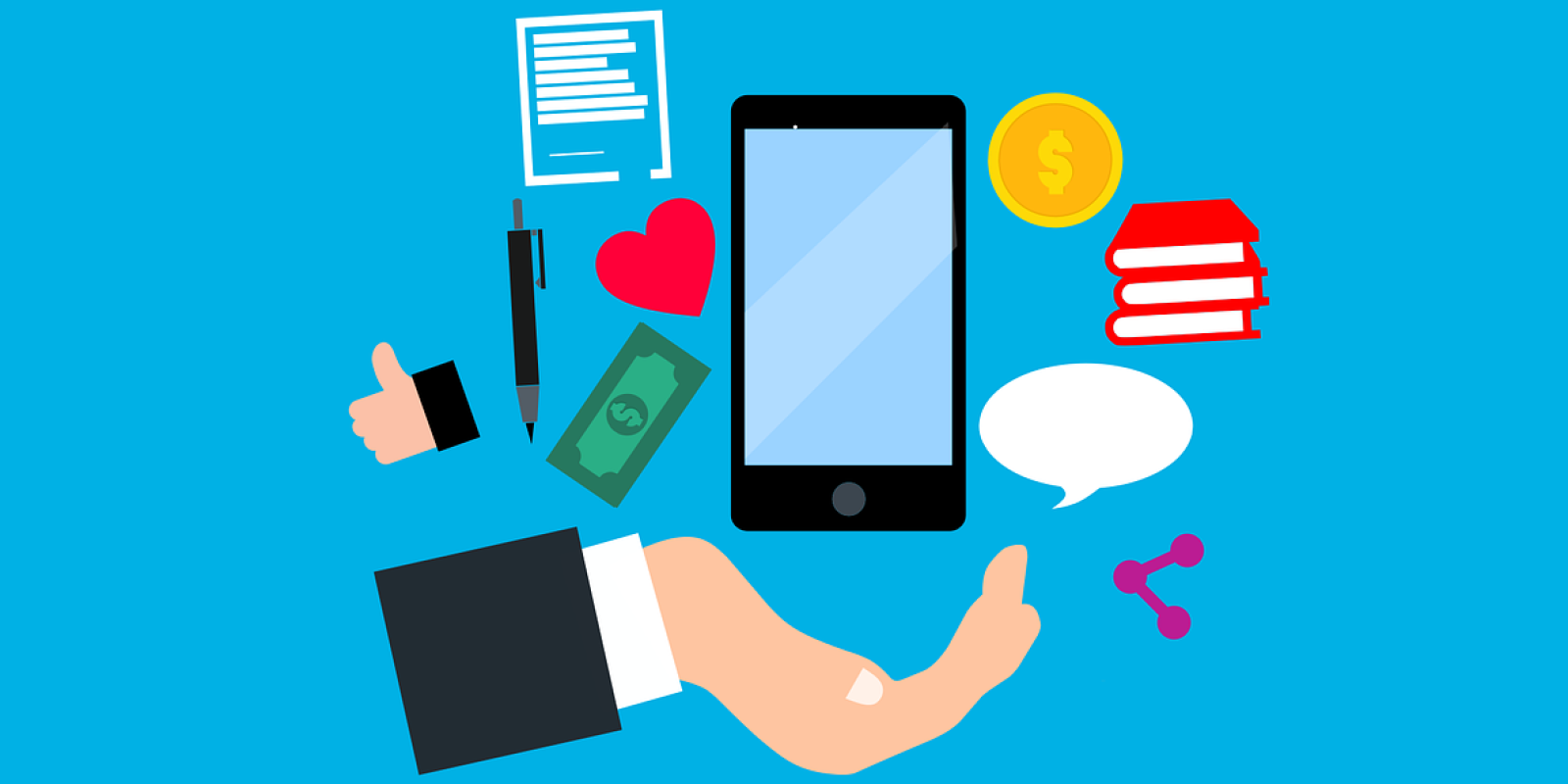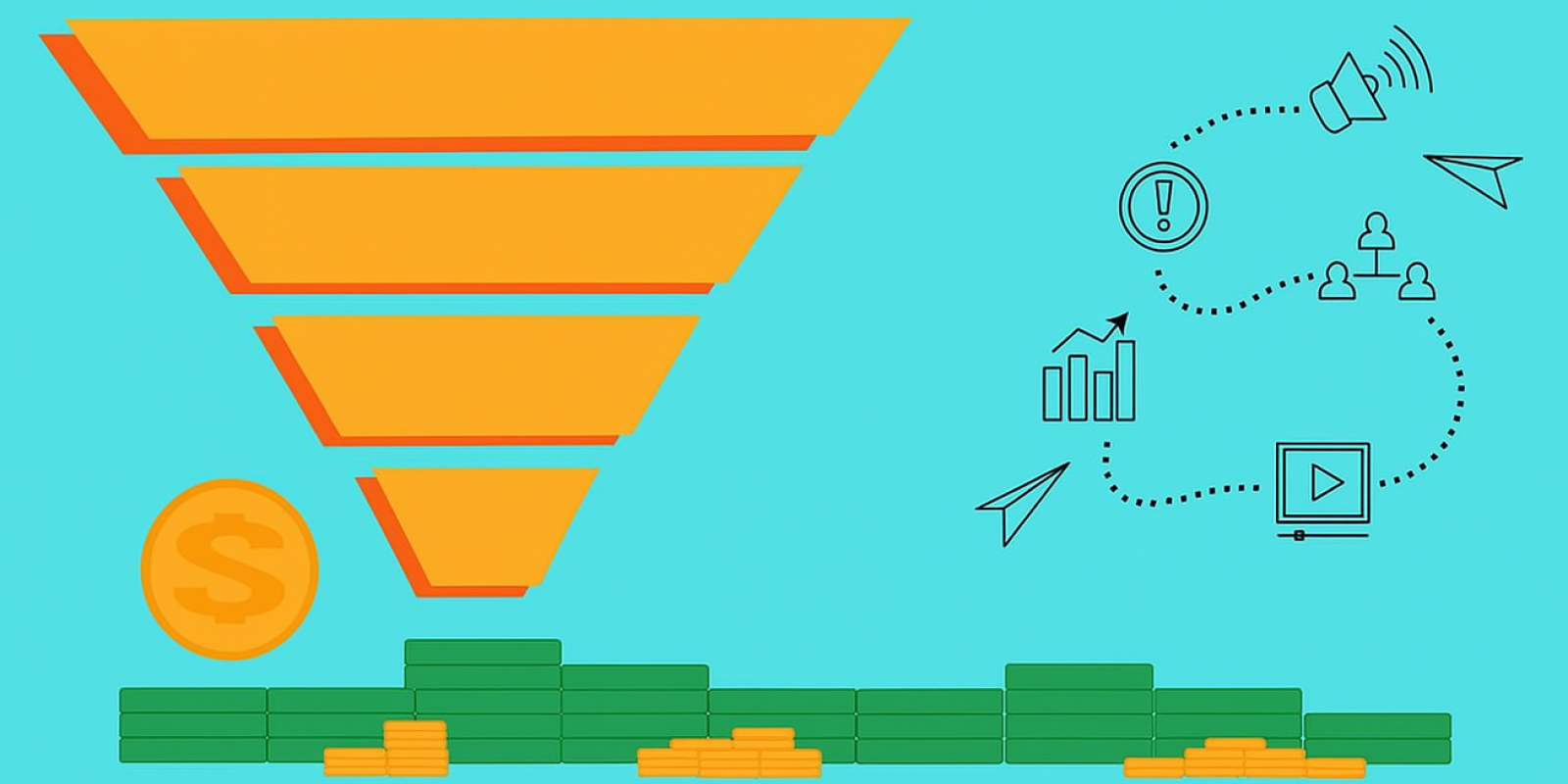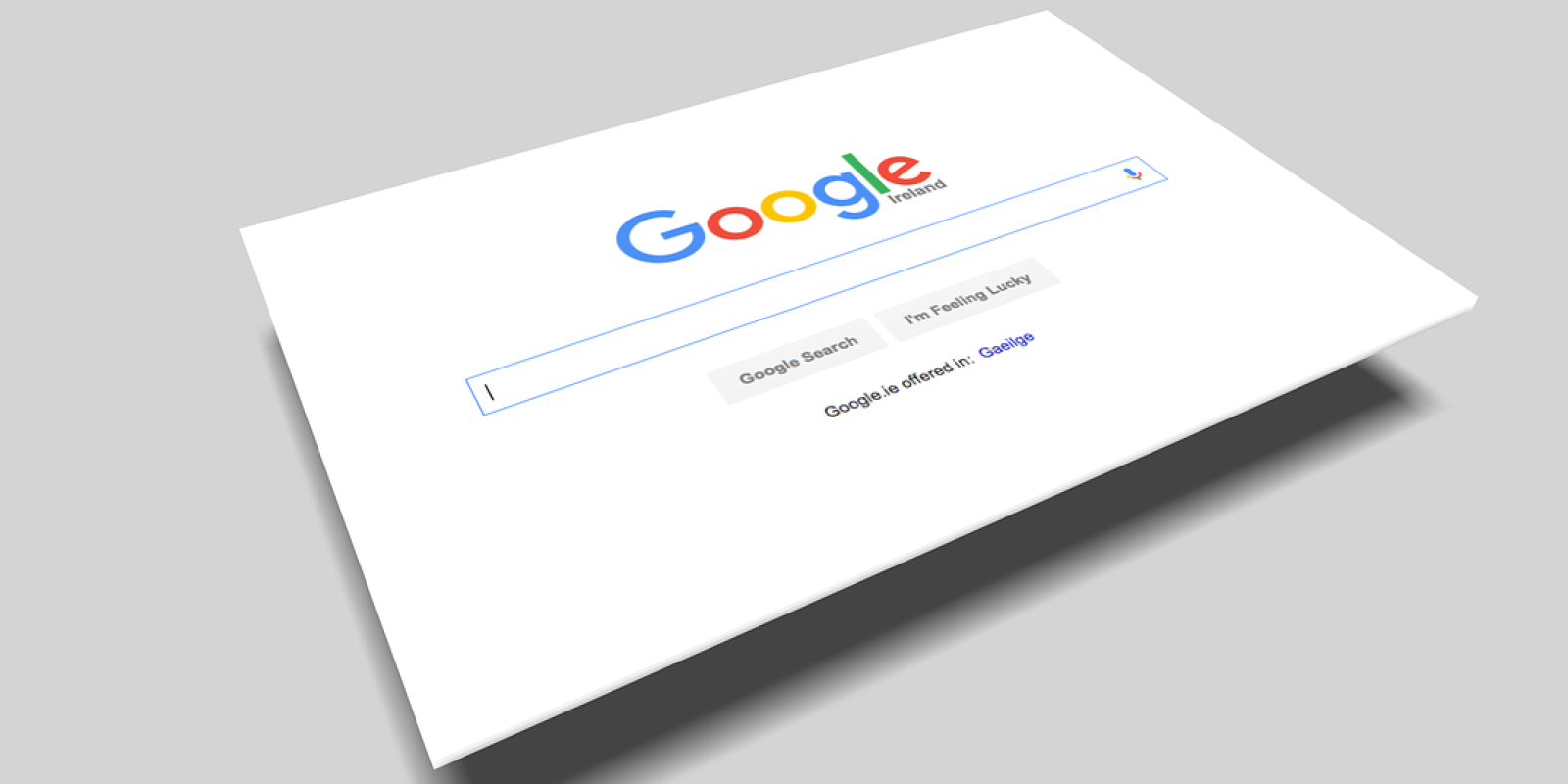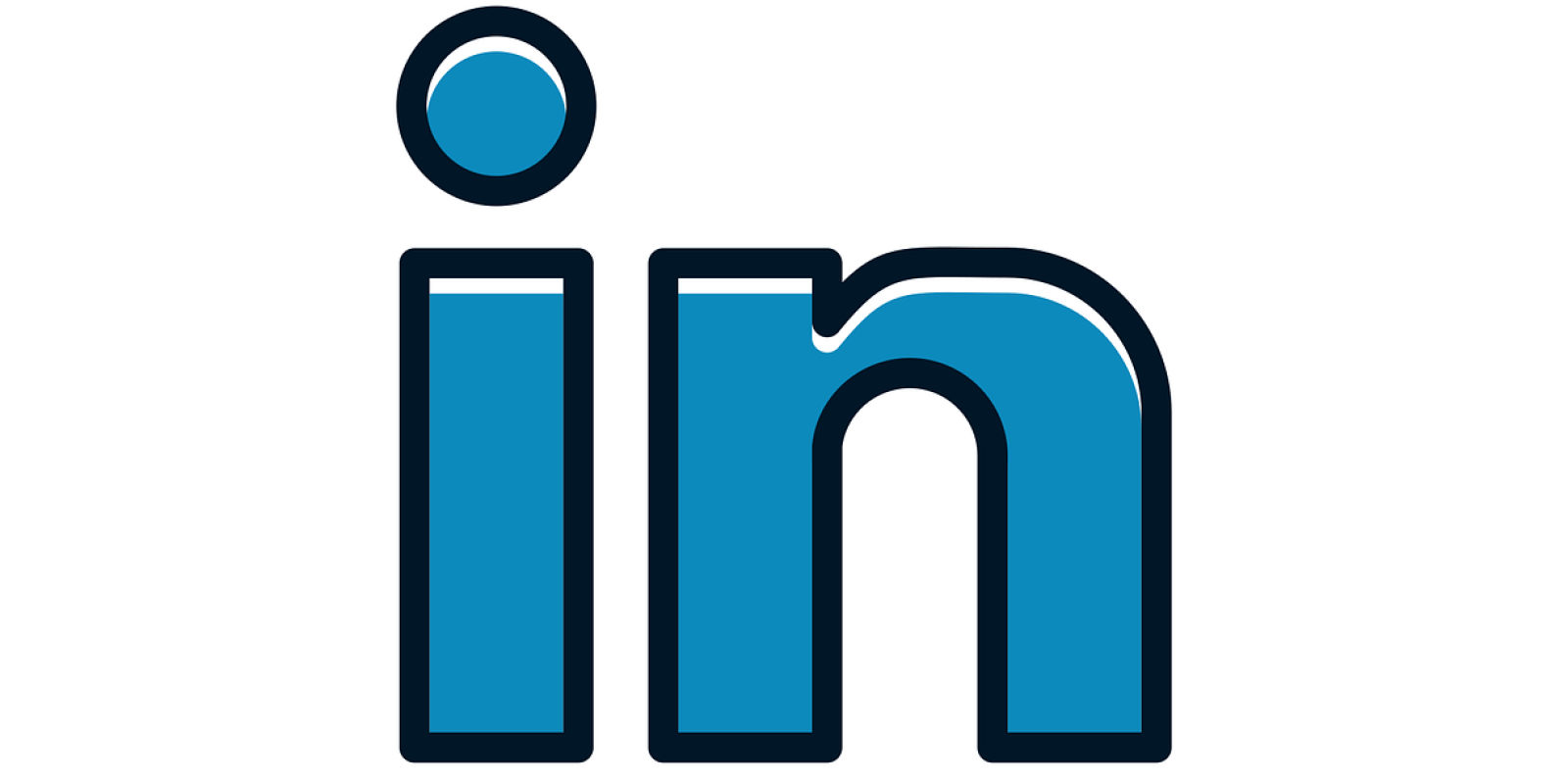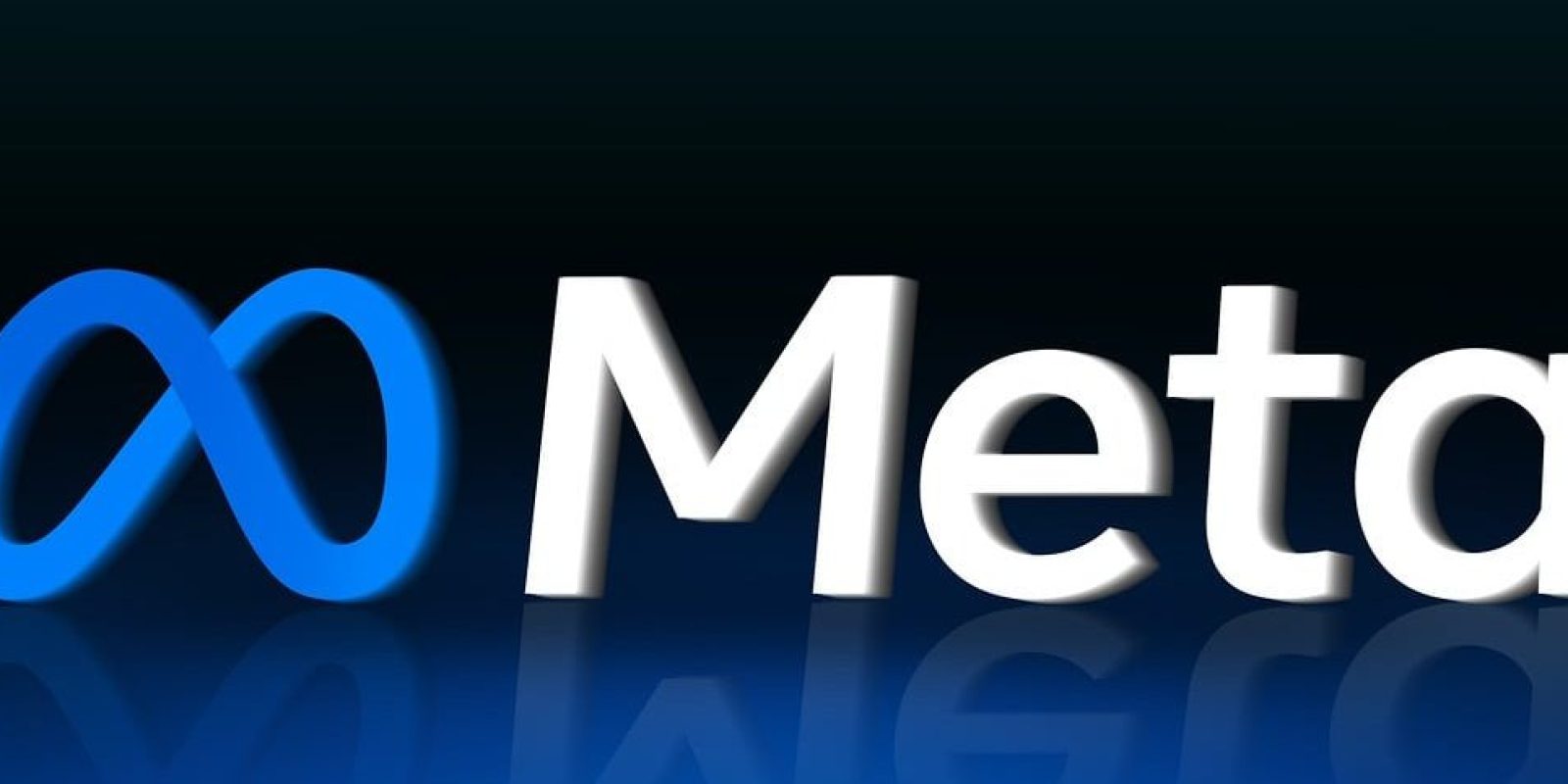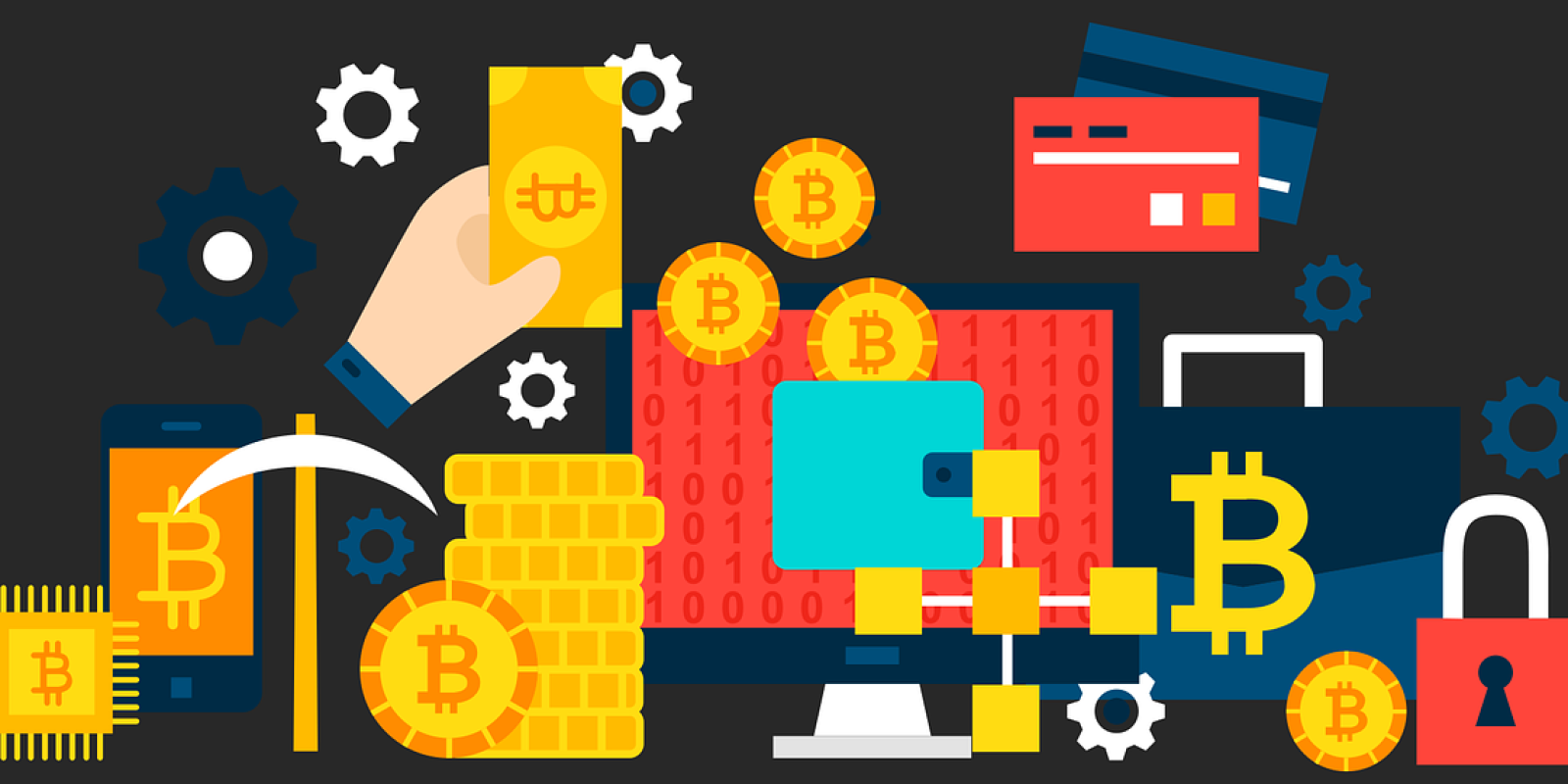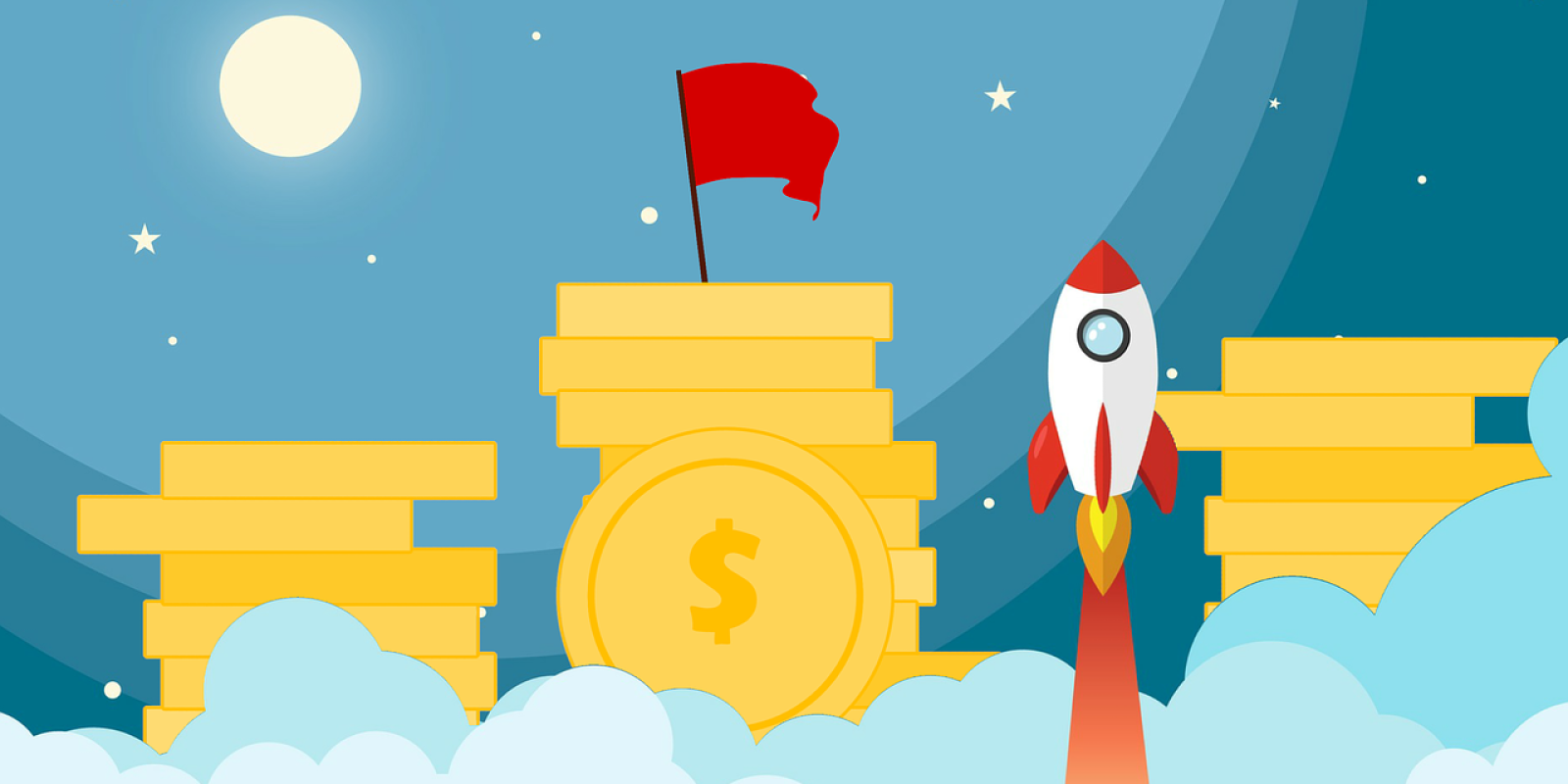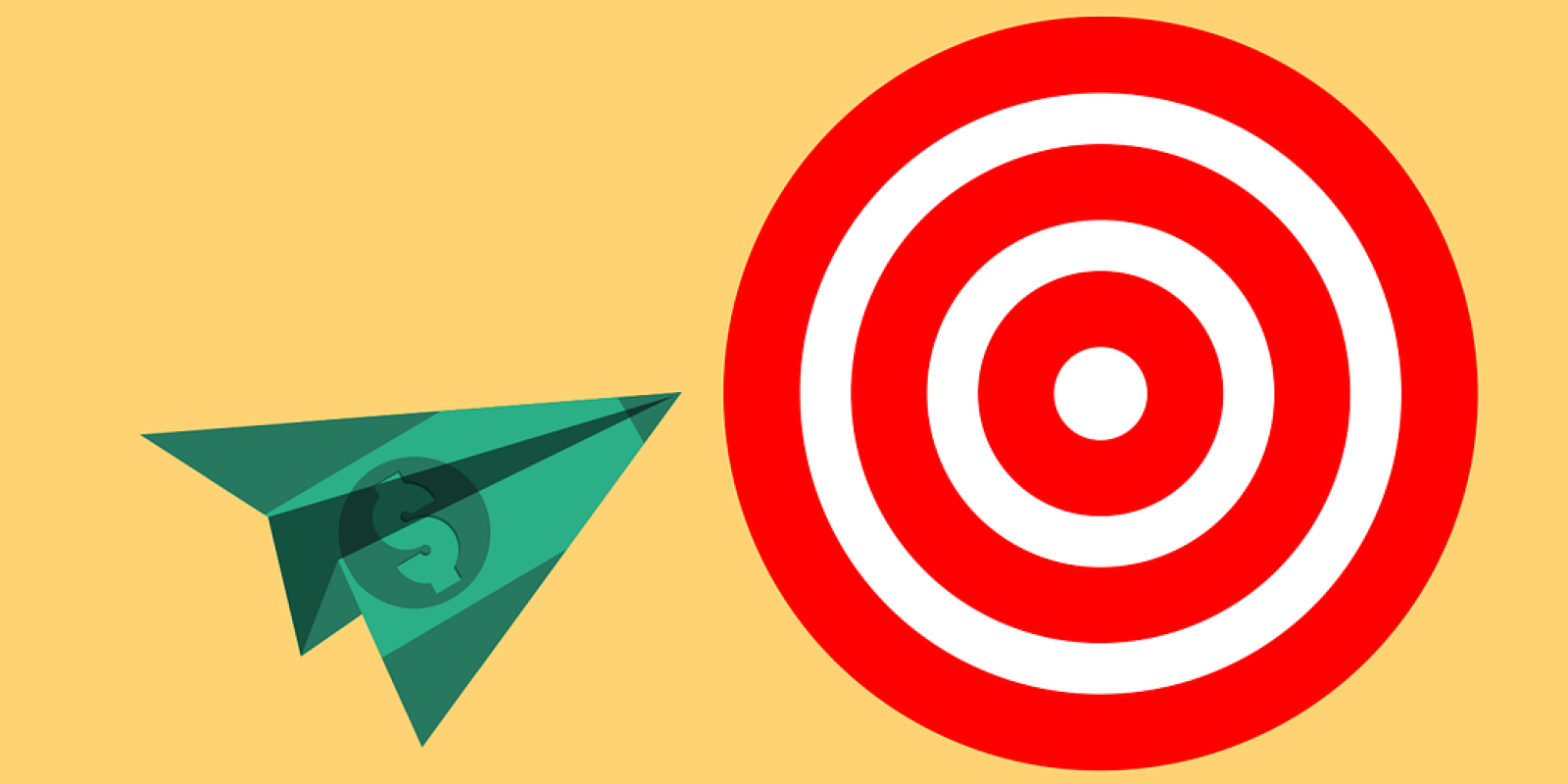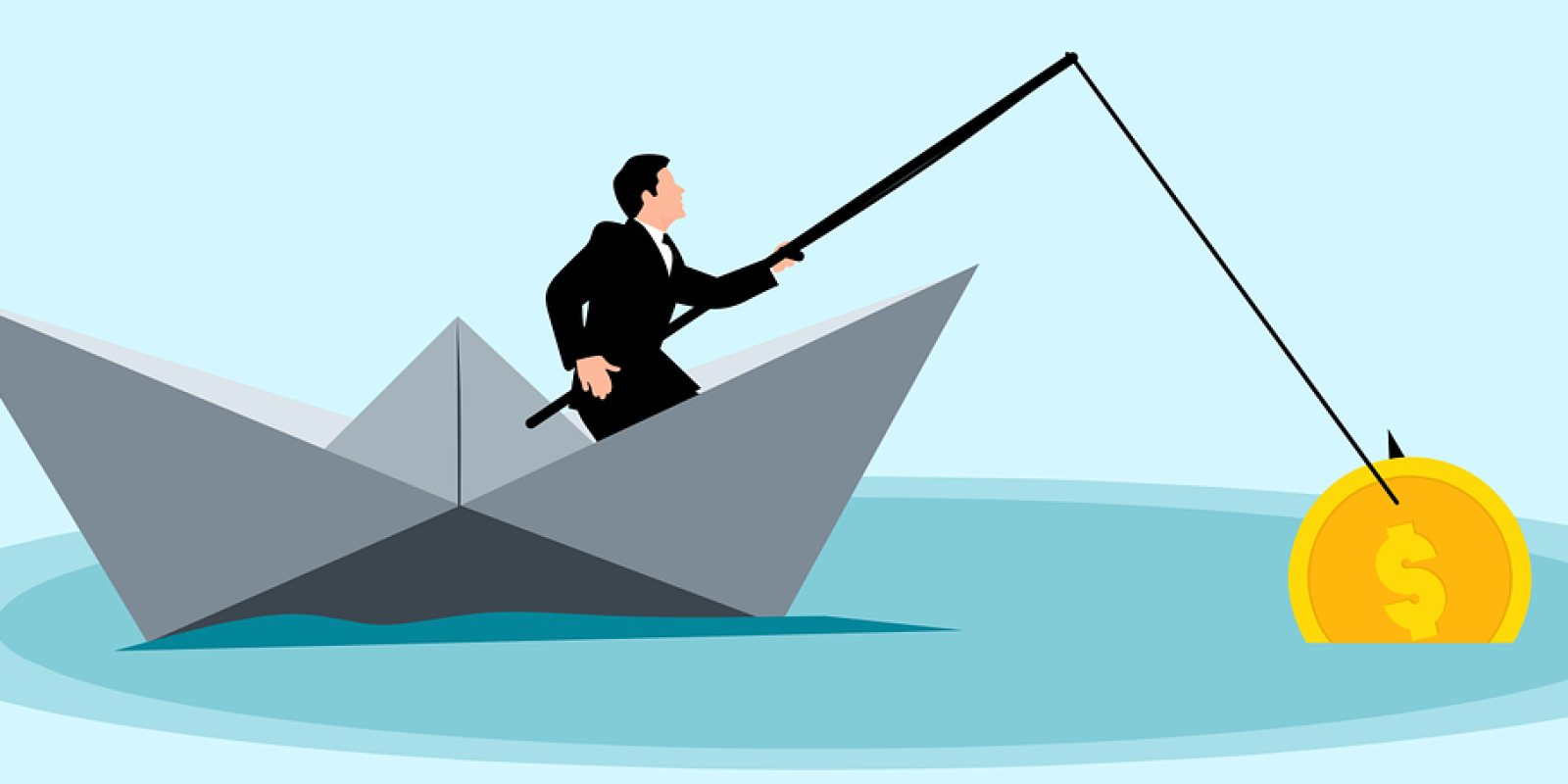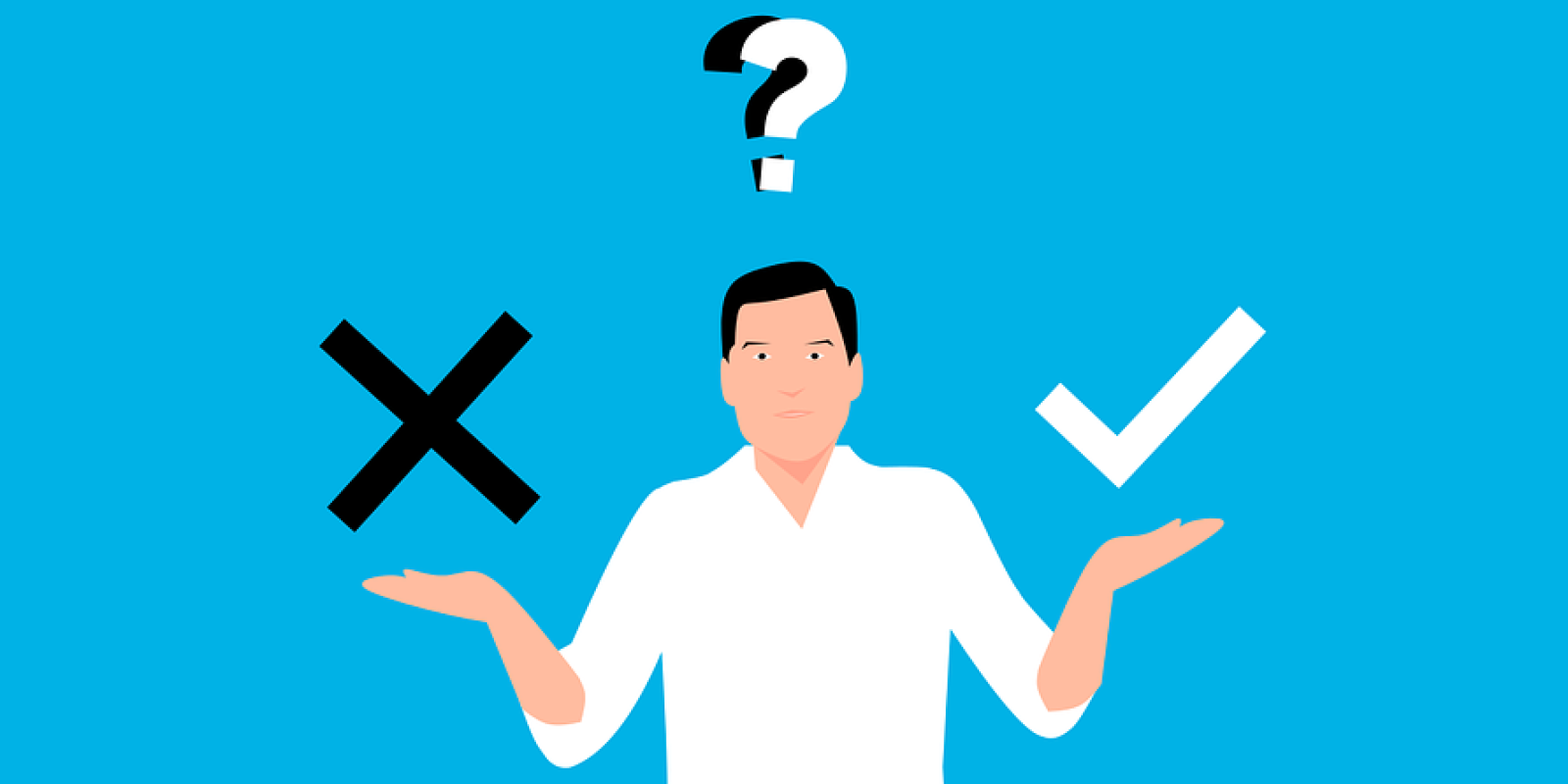- What is a "reward"
- Types of rewards for campaign supporters
- How does the campaign work
- Advantages of reward crowdfunding
- Who reward crowdfunding is useful for
- The target audience: who are the potential supporters?
- Time and costs
- Examples of successful reward crowdfunding campaigns
- Reward crowdfunding in Italy
- Platforms in Italy
- Want to learn more directly with our crowdfunding experts about the topic you are reading about?
- Do you need support in preparing a successful crowdfunding campaign and seeking potential investors for your project?
Reward crowdfunding is an online fundraising based on the reward mechanism: in exchange for paying an amount to support a project, a reward is offered, which usually coincides with the product for which the company is raising resources.
It's a model very different from lending crowdfunding and equity crowdfunding, as it doesn't involve any capital remuneration. Therefore, we're not talking about an "investment" from supporters in a reward crowdfunding campaign.
Those who participate in such a campaign do so because they are interested in the proposed product and want to contribute to its realization and get the corresponding reward.
We exclusively talk about "products" and not "services" because, although there is no specific prohibition, reward crowdfunding is by its nature less suitable for promoting and selling services, while it is perfect for products. We'll understand why by delving deeper into the concept of "reward."
What is a "reward"
The key element of crowdfunding, it is known, is the involvement of participants in a campaign, but in reward crowdfunding this concept is to be understood even more deeply.
To convince a person to fund a product in the prototype stage, even before it is made, it is not enough to perfectly identify the target audience and make them aware of the existence of that product, its quality, and the need it is supposed to satisfy. Everything, in fact, is still in the state of potential and promise, so one must above all give a good reason to trust and expose oneself before all others: the reward.
The reward, however, cannot simply be a discount on the product, which is something trivial and repeatable over time (and will be repeated on many occasions!). It must be something exclusive, personal, unrepeatable, reserved for a few, capable of establishing a direct relationship between the supporter and the company, capable, that is, of stimulating true involvement.
Types of rewards for campaign supporters
Typically, those who participate in a reward crowdfunding campaign, if successful, receive the product they helped to create in advance of market launch and at a lower price than when it is sold to the public. But the reward does not end there and can be declined in a thousand more or less creative ways:
- Customized version of the product.
- Limited edition of the product.
- Gadgets and accessories related to the product.
- Experience related to the product or its “behind the scenes.”
- Direct involvement in the realization of the product.
- Honorable mention.
- ...
These are just a few examples, because the nature of the reward is closely linked to the specificity of the product to be funded and personal inventiveness. Some very simple practical applications are mentioning the supporters' name in the product itself or in the media where the product is communicated, engraving the name on the product, using the name for a character (e.g., in the case of a video game), customizing the product according to one's taste (e.g., in colors), visiting the production site, participating in demonstrations of product use, and we could go on for pages and pages.
The reward is proportionate to the size of the amount invested and may also vary over the course of the campaign to incentivize people to invest first: first-hour supporters may receive a "premium" reward over those who procrastinate.
It is therefore understandable why reward crowdfunding is used almost exclusively to raise funding for product development (even in a broad sense, e.g., film production): for services, it is much more difficult to "package" a reward that goes beyond mere discounting.
Want to learn more directly with our crowdfunding experts about the topic you are reading about?
Turbo Crowd can reveal to you all the tricks of the crowdfunding trade, explain the capital-raising opportunities available to you, and provide you with practical support to carry out a successful crowdfunding campaign.
How does the campaign work
There are two possible ways of conducting a reward crowdfunding campaign:
- keep it all
- all or nothing.
The “keep it all” mode involves the company getting all the capital it can raise during the campaign, even if it does not reach the minimum goal it had set. This model makes sense for low-cost, low-risk projects for which a company knows it can proceed even with little funding and the main goal is visibility, not money.
The “all or nothing” mode, on the other hand, stipulates that the company gets the capital only if it succeeds in reaching the set minimum goal, otherwise it receives nothing and supporters are reimbursed.
Advantages of reward crowdfunding
The benefits of reward crowdfunding come from the ability to sell the product in advance to the most interested customers:
- Raising economic resources to support official product development and marketing.
- Ability to do a market test while raising capital, getting feedback from supporters and stakeholders.
- Opportunity to uncover any weaknesses in the product and straighten up before official marketing. Conversely, the strengths that emerge from this discussion can be exploited in public communication.
- Reducing the costs and risks involved in producing something new by coming to market with a product that the public has already liked.
- Limited and controllable participation of supporters, who do not become partners or creditors.
- No need to open an e-commerce for those who do not yet have one, because economic transactions take place on the crowdfunding platform.
- Distinctive marketing and visibility tool.
Engaging participants in a crowdfunding campaign is not done only upstream, with marketing aimed at bringing them to the transaction, nor only downstream, with rewards. Backers can make another valuable contribution besides financial: they can "do consulting," from the customer's point of view.
Perhaps even more so than funding, the main advantage of reward crowdfunding is just that: in one fell swoop, you raise the financial resources to start the realization of a product and see if there is actually demand for that product before the actual market launch.
The reward crowdfunding campaign thus becomes a validation of a prototype, a test for expansion into another market, a part of new product launch marketing.
Beware, however: the responsibility for fulfilling the promises made to supporters rests entirely with the proposing company. The platform does not guarantee users that the money paid will actually be used to realize the promised product: underlying this is a relationship of trust between the company and supporters, which it would be disastrous to disregard (as well as legally actionable).
Who reward crowdfunding is useful for
As we anticipated, reward crowdfunding is especially useful for companies that make and sell products, whether they are startups, SMEs or large corporations. More specifically, over the years it has emerged as a favorite tool for:
- High-tech product startups
- video game producers
- board game producers
- gadget producers
- app developers
- artists (for the production of films, books, music albums, theatrical performances, etc.)
- craftspeople
- food and wine entrepreneurs
- already structured companies that want to launch new product lines or enter new markets.
To be suitable for reward crowdfunding, one must be able to offer something unique or innovative, leverage an emotional aspect to create a connection with potential backers, offer tangible and exclusive rewards that cannot be obtained through other avenues, and have the resources and will for robust marketing.
The target audience: who are the potential supporters?
The potential supporters of a reward crowdfunding campaign are first and foremost the niches of enthusiasts of the type of product being proposed or of the target industry. Those who are subscribers to sites, blogs, groups, and newsletters on the topic, who are always up-to-date, know what is being talked about, or even are collectors of it-these are the people most likely to be eager to buy the product in advance and have their say.
But niches, except for a few particularly powerful and pervasive cases, are often not enough. It is important to come up with rewards that can also attract a less specific target audience, including through word-of-mouth from fans. A target audience of people who have a need or desire that the product could satisfy and who need to be convinced that it is just the right product to do so.
As in all crowdfunding campaigns, in short, the best supporters are the customers or potential customers, but in this case they are also the only possible ones.
Time and costs
Reward crowdfunding is more streamlined in terms of timing and paperwork than equity and lending crowdfunding.
Acceptance of the project on the platforms occurs after a very fast selection process (and in some cases it is automatic): from there on, the timing depends on the level of readiness of the company and the readiness of its marketing strategy. No specific documentation is required for reward crowdfunding, so the only materials that need to be prepared are those to effectively present the product (video, pitch, graphics, business plan, etc.). As with other types of crowdfunding, it is important to devote the right amount of time (a few weeks to a few months) to precrowd, which is the pre-launch phase that is used to build the hard core of supporters that will be the battering ram of the operation.
The campaign itself usually lasts 30 to 90 days. Crucial, in order not to lose the trust of supporters, is to avoid letting too much time elapse from the end of the campaign to the delivery of the rewards and then the product itself: it is best to avoid launching the campaign without first organizing the production and distribution of the rewards and then the roadmap for the realization of the product.
The costs to be put in place to do a reward crowdfunding campaign are as follows:
- Marketing expenses (online and offline advertising, influencer engagement, content production, consulting)
- reward production and delivery costs
- platform fees.
Finally, insofar as it is aimed at the pre-sale of products, reward crowdfunding is configurable as an e-commerce activity and therefore subject to the relevant taxation.
Examples of successful reward crowdfunding campaigns
Here are some examples of companies that have successfully conducted a reward crowdfunding campaign and made their products, some of which have become very famous:
- Exploding Kittens is now a celebrated board game, created by Elan Lee, Matthew Inman and Shane Small and funded on Kickstarter. It is one of the projects that has raised the most money on this platform, exceeding $8 million and building a community of more than 200,000 backers.
- Pebble Watch is the forerunner of modern smartwatches and was launched in 2012 through a $10 million campaign on Kickstarter, which was followed by a second $20 million campaign in 2016.
- Robothlon, another board game, this time developed in Italy and funded in 2022 on Produzioni dal Basso, winner of the call for new board games issued by Feltrinelli.
- Pico Projector, the Philips portable wireless projector launched by the tech giant with a reward crowdfunding campaign on Indiegogo in 2019.
Reward crowdfunding in Italy
In Italy, the reward crowdfunding model is not widespread. For a long time, the belief prevailed that this tool was only valid for charitable projects, thus comparable to donation crowdfunding in some ways.
The first crowdfunding platform born in Italy, however, was precisely focused on reward crowdfunding: we are talking about Produzioni dal Basso, which is still active today. The same goes for the United States, where Indiegogo and Kickstarter were born as portals where to raise funding to create objects, software, artistic works, cultural productions in exchange for rewards of various kinds.
The fact that reward crowdfunding is little practiced in Italy can be an opportunity for product startups to seize, because it is a real competitive advantage over other companies in the industry. Learning to use this tool not occasionally, but as part of business processes, is the real added value.
Acquiring this mindset and the related skills is also very useful for integrating the marketing processes underlying other crowdfunding methods: the reward mechanism is essential for successfully conducting equity crowdfunding campaigns, for example.
Platforms in Italy
After Productions from Below in Italy, other Platforms that enable reward crowdfunding campaigns and American platforms Indiegogo and Kickstarter have also entered our country. Some offer a choice between the two modes described above (keep it all o all or nothing), others impose only one.
We devoted an in-depth article to the reward crowdfunding platforms available in Italy and their working mechanisms.
Usually, entry selection is fairly mild, while support varies from portal to portal. As with all crowdfunding platforms, however, it is important to remember that it is the company doing the campaigning, not the site hosting it. The key to bringing supporters to the platform lies in the marketing strategy of the company launching the campaign.
Do you need support in preparing a successful crowdfunding campaign and seeking potential investors for your project?
Turbo Crowd can accompany you throughout the process, from organizing the precrowd to closing the collection, developing effective and innovative marketing strategies to best promote your campaign.

